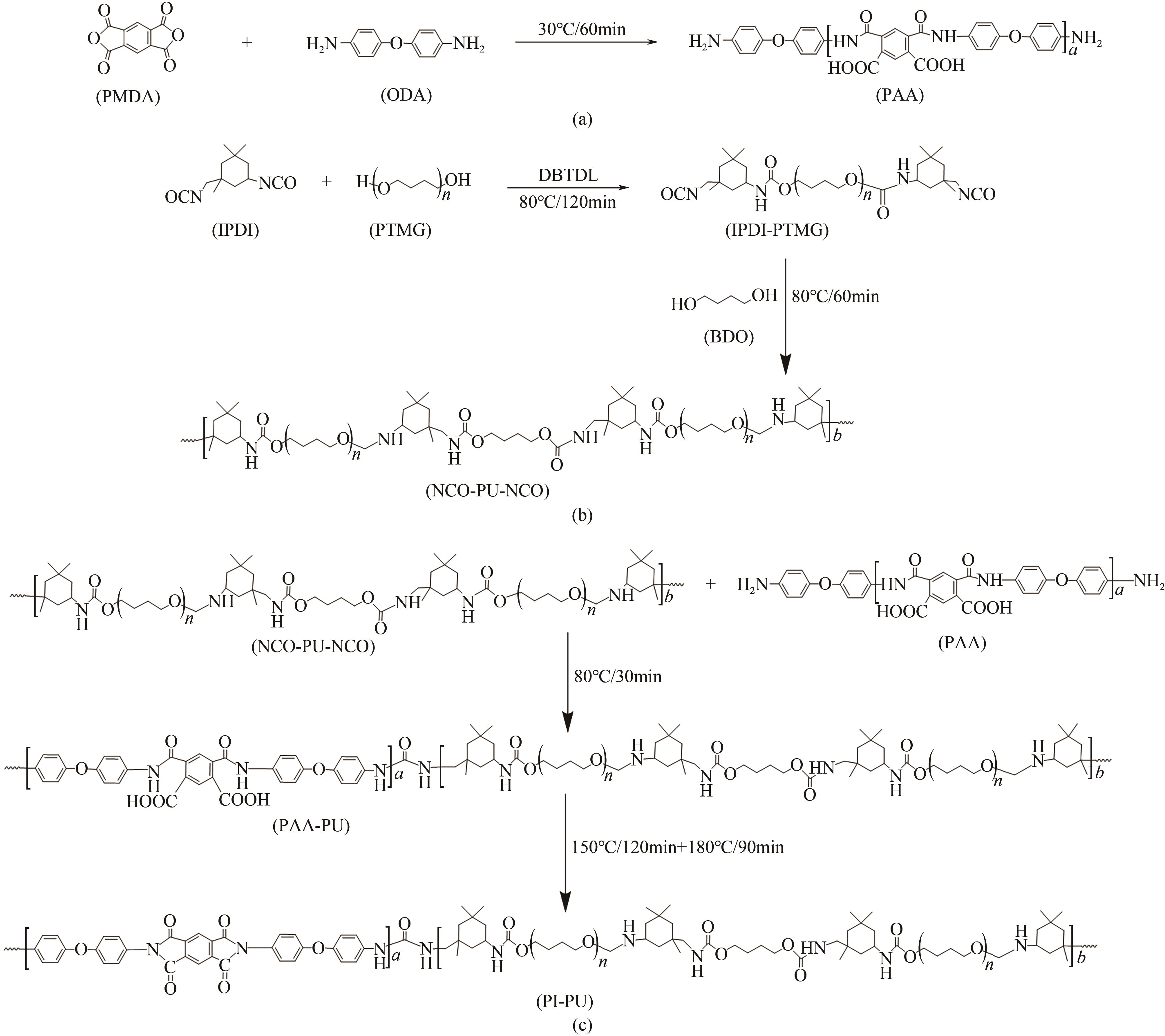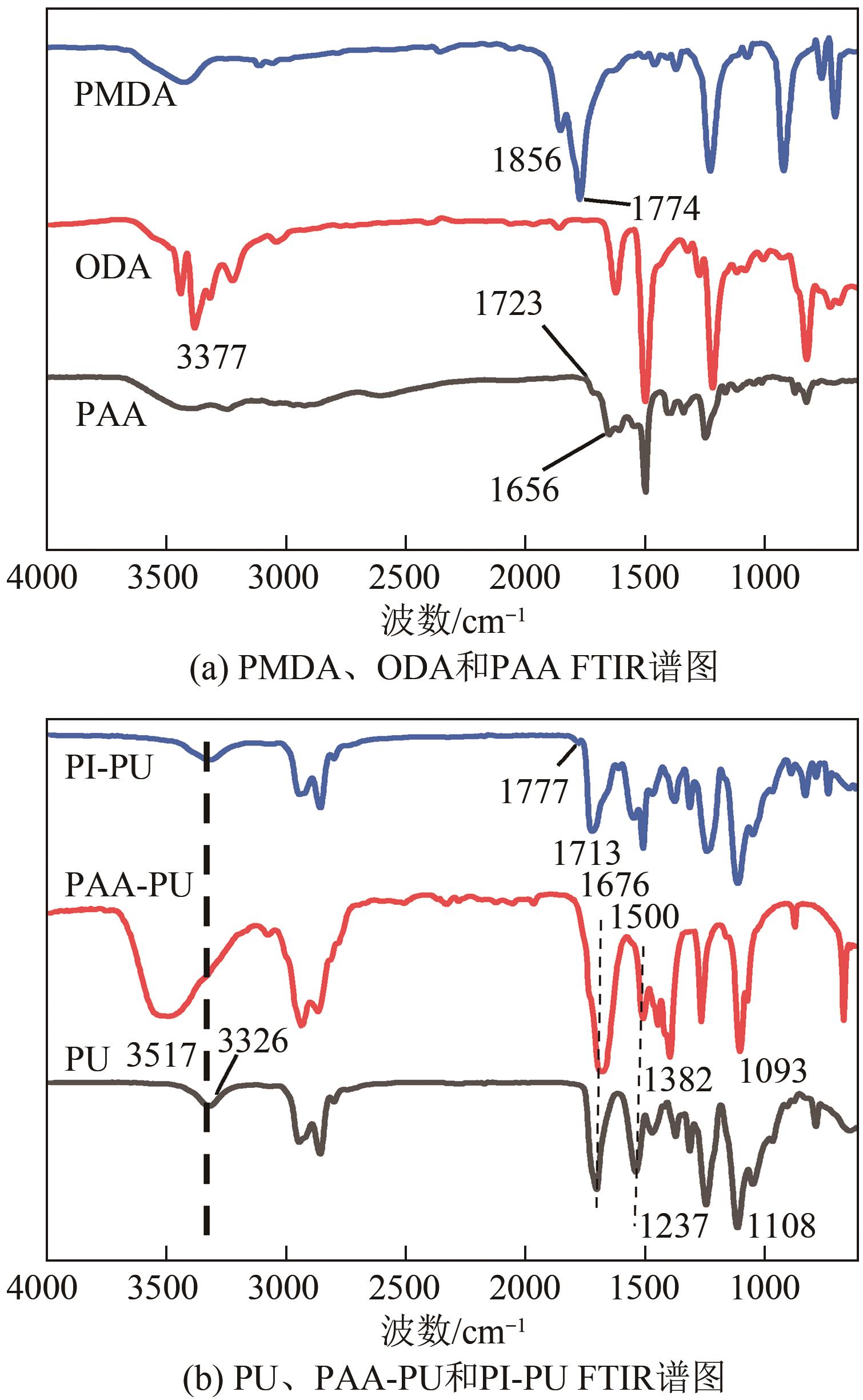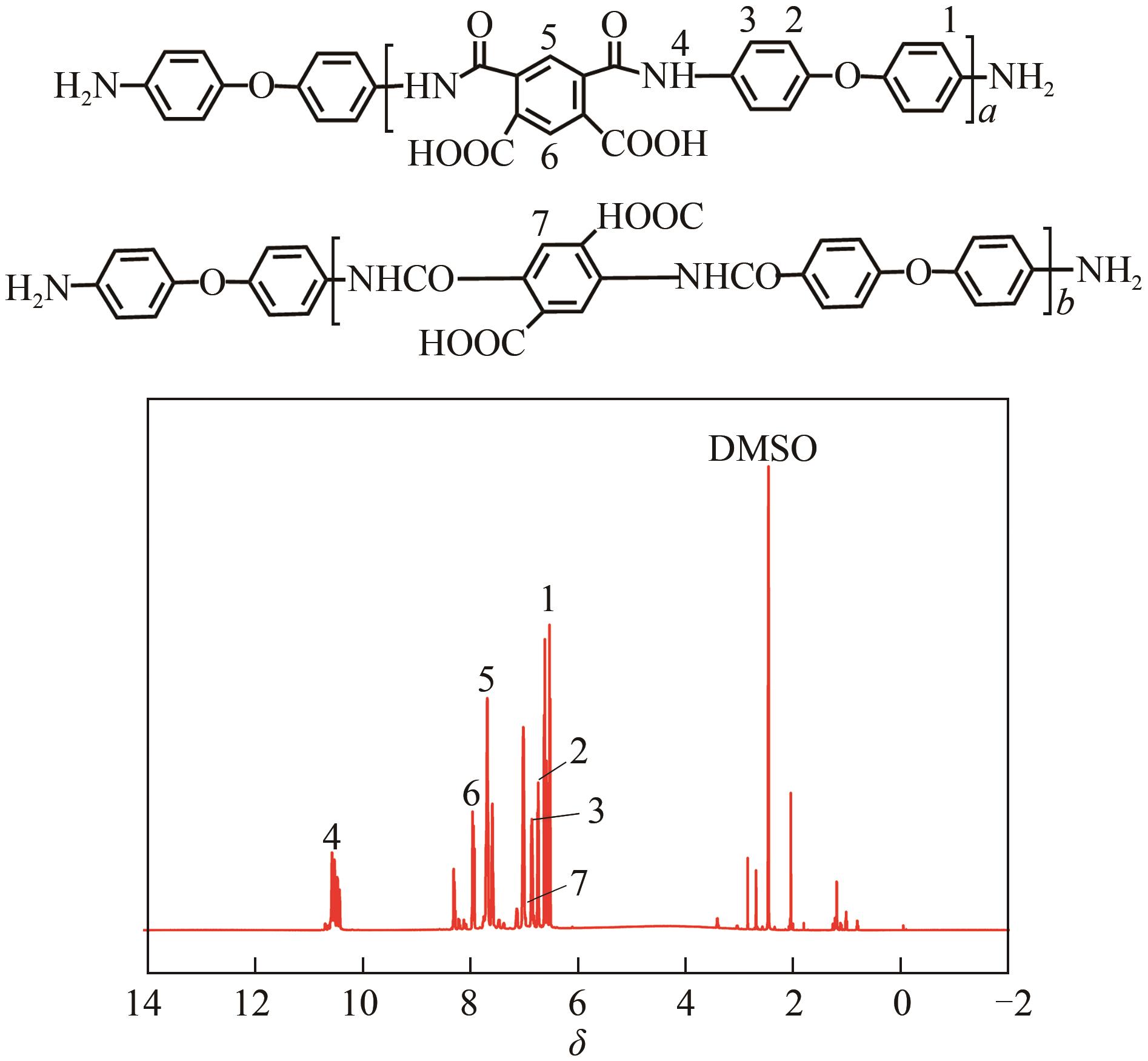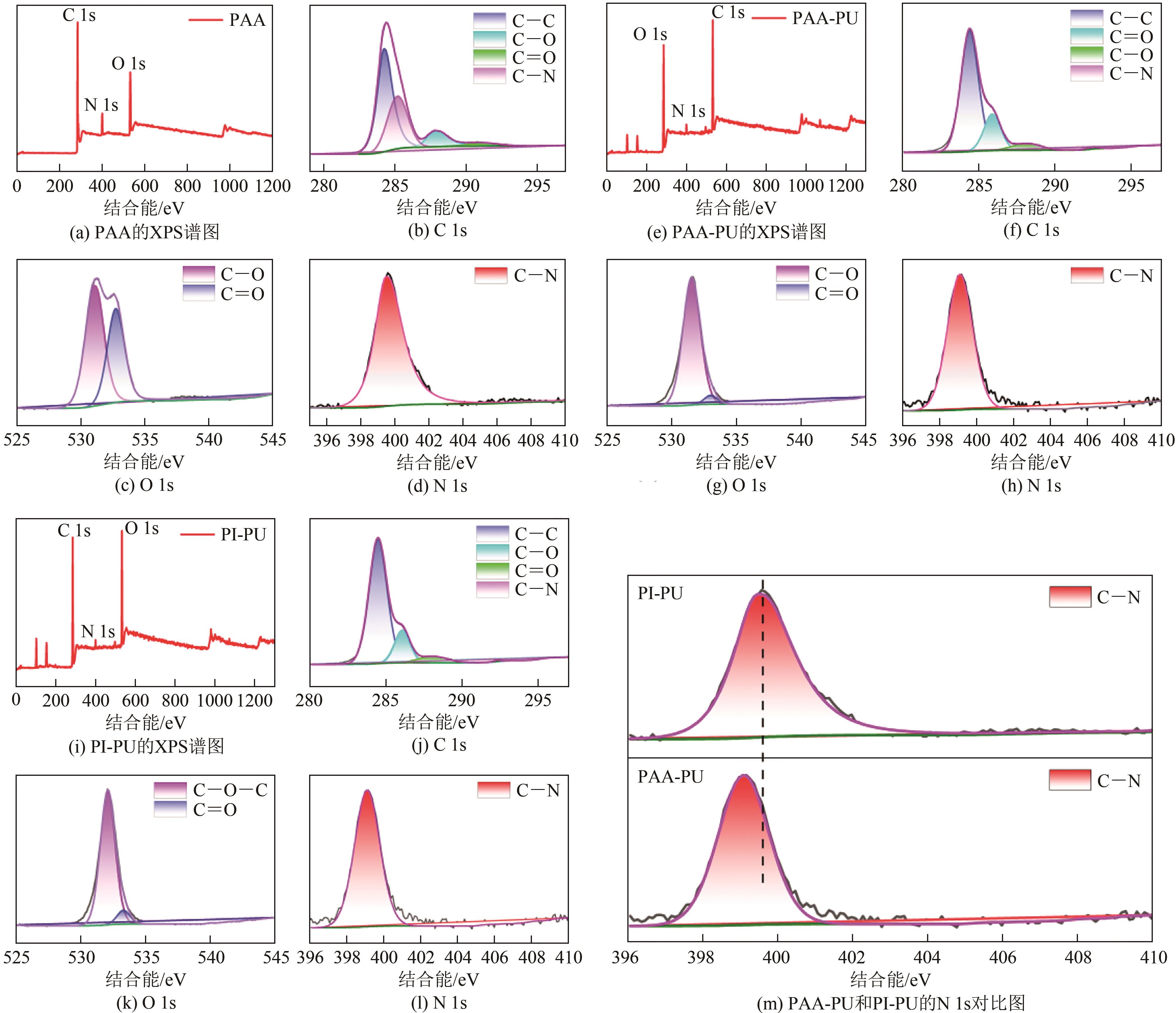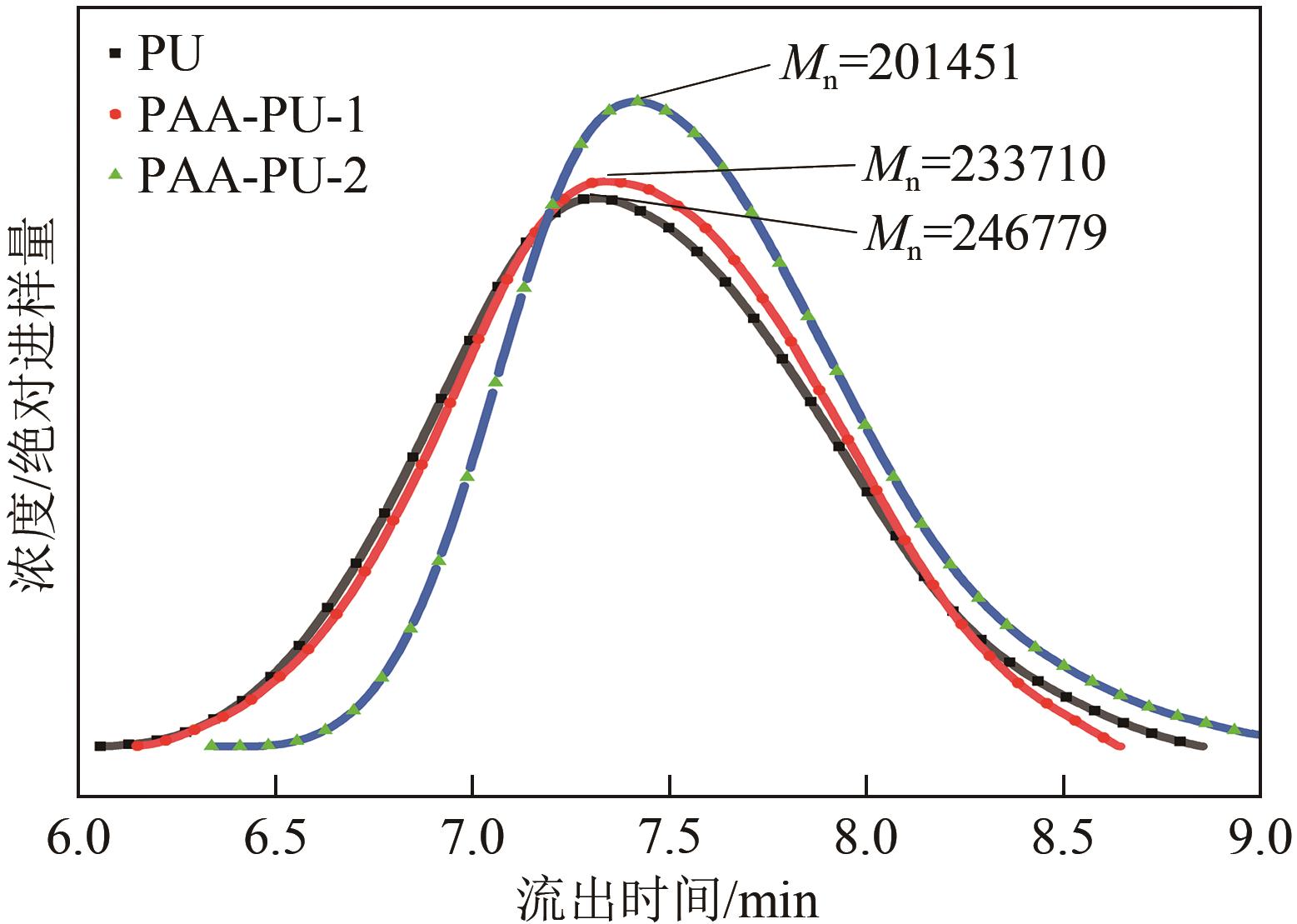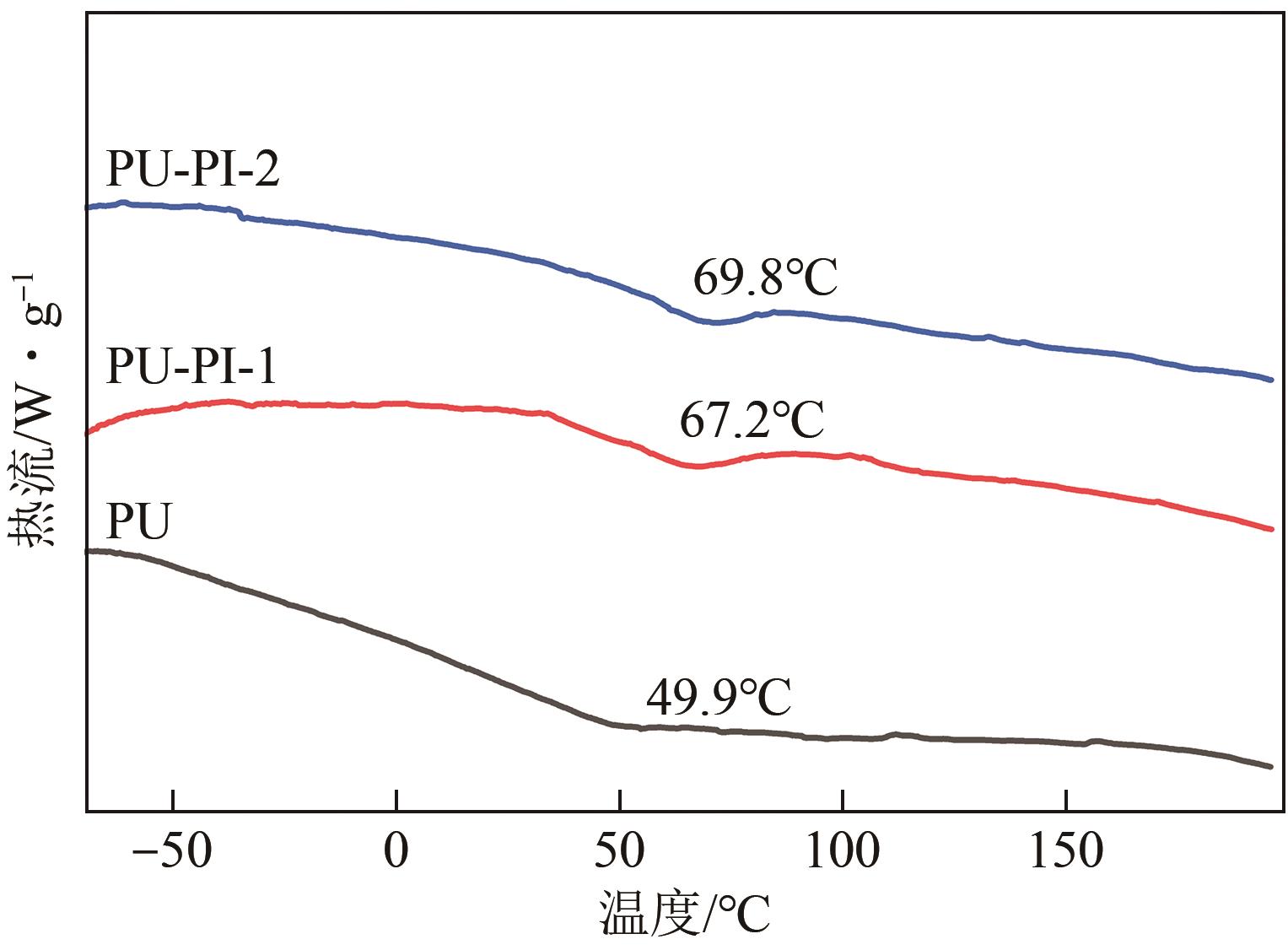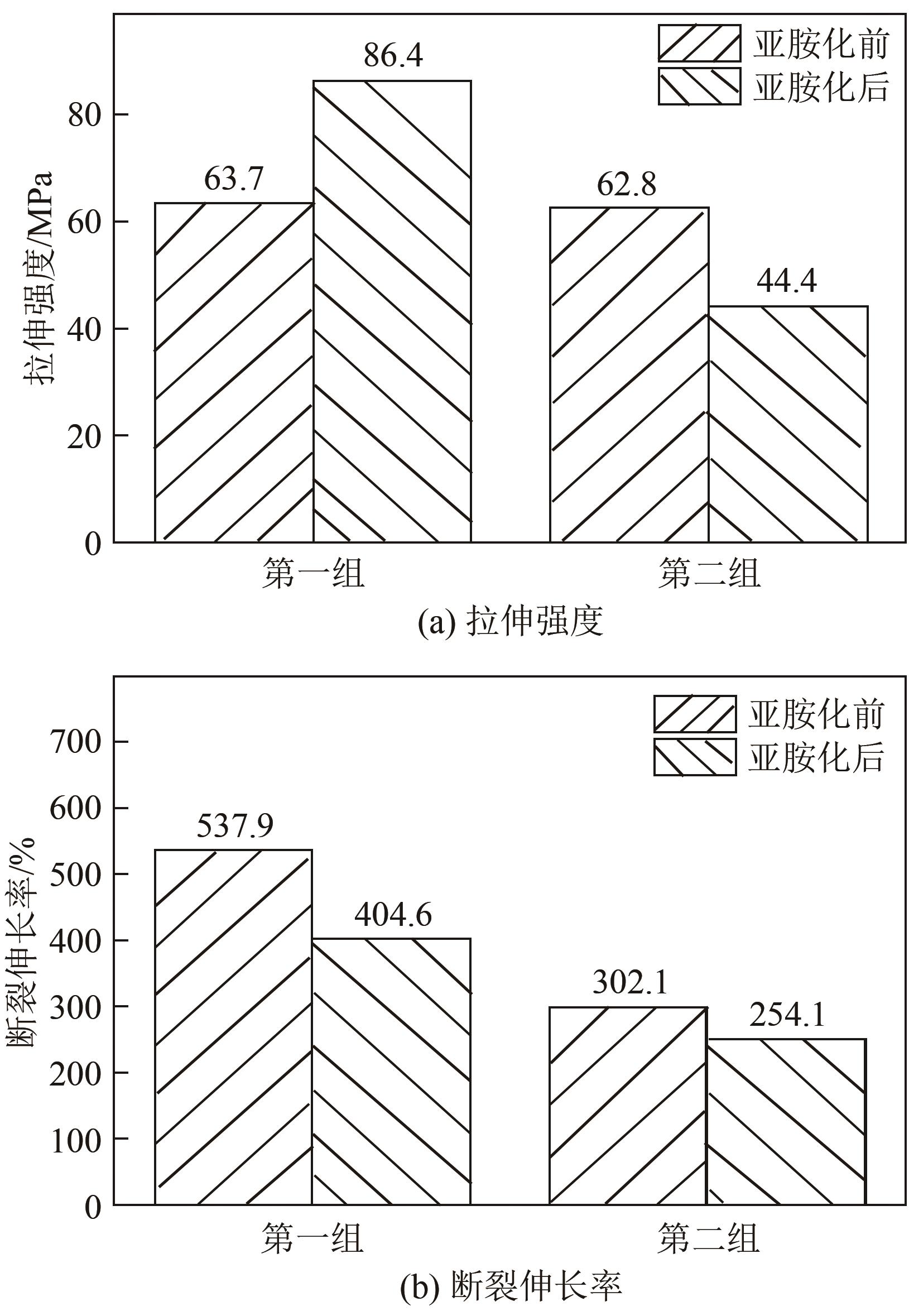| 1 |
SONG Kai, YE Wujin, GAO Xingchen, et al. Synergy between dynamic covalent boronic ester and boron-nitrogen coordination: Strategy for self-healing polyurethane elastomers at room temperature with unprecedented mechanical properties[J]. Materials Horizons, 2021, 8(1): 216-223.
|
| 2 |
HU Shikai, SHOU Tao, FU Guoqing, et al. New stratagem for designing high-performance thermoplastic polyurethane by using a new chain extender[J]. Macromolecular Chemistry and Physics, 2021, 222(10): 2000439.
|
| 3 |
吴国文, 朱继光. 聚氨酯弹性体耐热性能影响因素综述[J]. 合成橡胶工业, 2021, 44(6): 503-507.
|
|
WU Guowen, ZHU Jiguang. A review of influence factors on heat resistance of polyurethane elastomer[J]. Synthetic Rubber Industry, 2021, 44(6): 503-507.
|
| 4 |
曾晓燕, 温翊, 张伟丽, 等. 耐热型聚氨酯的合成制备与性能[J]. 功能材料, 2021, 52(7): 7191-7196.
|
|
ZENG Xiaoyan, WEN Yi, ZHANG Weili, et al. Synthesis and properties of heat-resistant polyurethane[J]. Journal of Functional Materials, 2021, 52(7): 7191-7196 .
|
| 5 |
WU Ziyu, HE Jianjun, YANG Haixia, et al. Progress in aromatic polyimide films for electronic applications[J]. Polymers, 2022, 14(6): 1269.
|
| 6 |
孟宪娇, 杨云峰, 王利萍, 等. 芳香性聚酰亚胺的阻燃改性研究进展[J]. 中国塑料, 2015, 29(4): 14-18.
|
|
MENG Xianjiao, YANG Yunfeng, WANG Liping, et al. Research progress of flame retardancy modification of aromatic polyimide[J]. China Plastics, 2015, 29(4):14-18.
|
| 7 |
WU Xueliang, CAI Jing, CHENG Yuanrong. Synthesis and characterization of high fluorine-containing polyimides with low-dielectric constant[J]. Journal of Applied Polymer Science, 2022, 139(16): e51972.
|
| 8 |
LAN Zhongxu, LI Chunyu, YU Yanlei, et al. Colorless semi-alicyclic copolyimides with high thermal stability and solubility[J]. Polymers, 2019, 11(8):1319.
|
| 9 |
VAGANOV G V, DIDENKO A L, IVAN’KOVA E M, et al. Influence of temperature and imidization method on the structure and properties of polyimide fibers prepared by wet spinning[J]. Russian Chemical Bulletin, 2022, 71(4): 760-765.
|
| 10 |
LABASAN Kristin B, LIN Hong-Jhen, BASKORO Febri, et al. Dicyanotriphenylamine-based polyimides as high-performance electrodes for next generation organic lithium-ion batteries[J]. ACS Applied Materials & Interfaces, 2021, 13(15): 17467-17477.
|
| 11 |
TAFRESHI Omid Aghababaei, Shahriar GHAFFARI-MOSANENZADEH, KARAMIKAMKAR Solmaz, et al. Novel, flexible, and transparent thin film polyimide aerogels with enhanced thermal insulation and high service temperature[J]. Journal of Materials Chemistry C, 2022, 10(13): 5088-5108.
|
| 12 |
ZHANG Haitao, FAN Xupeng, CHEN Weijun, et al. A simple and green strategy for preparing flexible thermoplastic polyimide foams with exceptional mechanical, thermal-insulating properties, and temperature resistance for high-temperature lightweight composite sandwich structures[J]. Composites Part B: Engineering, 2022, 228:109405.
|
| 13 |
MA Pengchang, DAI Chuntao, WANG Huaizhen, et al. A review on high temperature resistant polyimide films: Heterocyclic structures and nanocomposites[J]. Composites Communications, 2019, 16: 84-93.
|
| 14 |
徐霖, 柏雨婷, 孟海潮, 等. 聚酰胺酸盐薄膜的亚胺化历程研究[J]. 塑料工业, 2022, 50(9): 67-71, 108.
|
|
XU Lin, BAI Yuting, MENG Haichao, et al. Study on the imidization process of poly (amic acid) salt[J]. China Plastics Industry, 2022, 50(9): 67-71, 108.
|
| 15 |
LIN Rong-Hsien, WANG Weiming, CHEN Yi-Hung, et al. Preparation and characterization of biodegradable condensation polyimide[J]. Polymer Degradation and Stability, 2012, 97(8): 1534-1544.
|
| 16 |
陈虹州. 高强韧自修复聚氨酯弹性体的制备与性能研究[D]. 广州:华南理工大学, 2022.
|
|
CHEN Hongzhou. Preparation of self-healing polyurethance elastomers with high strength and toughness and research on their properties[D]. Guangzhou: South China University of Technology, 2022.
|
| 17 |
张亚飞, 李亚飞, 于志强, 等. 聚酰胺酸的制备与亚胺化过程研究[J]. 广州化工, 2018, 46(4): 80-83.
|
|
ZHANG Yafei, LI Yafei, YU Zhiqiang, et al. Study on preparation of polyamic acid and its imidization process[J]. Guangzhou Chemical Industry, 2018, 46(4): 80-83.
|
| 18 |
任军, 许伟春, 涂春云, 等. 富含酰胺键的自修复聚氨酯的制备及表征[J]. 塑料, 2023, 52(4): 70-75, 142.
|
|
REN Jun, XU Weichun, TU Chunyun, et al. Preparation and characterization of self-healing polyurethane rich in amide bonds[J]. Plastics, 2023, 52(4): 70-75, 142.
|
| 19 |
YONG Qiwen, PANG Hao, LIAO Bing, et al. Preparation and characterization of low gloss aqueous coating via forming self-roughed surface based on waterborne polyurethane acrylate hybrid emulsion[J]. Progress in Organic Coatings, 2018, 115: 18-26.
|
| 20 |
DUAN Haiyan, LI Ke, XIE Mo, et al. Scalable synthesis of ultrathin polyimide covalent organic framework nanosheets for high-performance lithium-sulfur batteries[J]. Journal of the American Chemical Society, 2021, 143(46): 19446-19453.
|
| 21 |
HE Yong, ZHANG Xinya, ZHANG Xinfang, et al. Structural investigations of toluene diisocyanate (TDI) and trimethylolpropane (TMP)-based polyurethane prepolymer[J]. Journal of Industrial and Engineering Chemistry, 2012, 18(5): 1620-1627.
|
| 22 |
刘晶, 史铁钧, 陆飞, 等. 聚脲-聚酰亚胺嵌段共聚物的制备及表征[J]. 高分子材料科学与工程, 2020, 36(4): 1-6.
|
|
LIU Jing, SHI Tiejun, LU Fei, et al. Preparation and representation of polyurea-polyimide block copolymer[J]. Polymer Materials Science & Engineering, 2020, 36(4): 1-6.
|
| 23 |
JIA Han, CHANG Kun, GU Shuying. Synthesis and properties of reversible disulfide bond-based self-healing polyurethane with triple shape memory properties[J]. Chinese Journal of Polymer Science, 2019, 37(11): 1119-1129.
|
| 24 |
GUO Zhiwei, LU Xingyuan, WANG Xiaohan, et al. Engineering of chain rigidity and hydrogen bond cross-linking toward ultra-strong, healable, recyclable, and water-resistant elastomers[J]. Advanced Materials, 2023, 35(21): e2300286.
|
| 25 |
郭书君, 尹昌平, 赵秀辉, 等. 聚氨酯弹性体分子结构对阻尼及力学性能的影响[J]. 材料工程, 2023, 51(9): 192-199.
|
|
GUO Shujun, YIN Changping, ZHAO Xiuhui, et al. Effect of molecular structure of polyurethane elastomer on damping and mechanical properties[J]. Journal of Materials Engineering, 2023, 51(9): 192-199.
|
 ), 崔锦峰1,2(
), 崔锦峰1,2( ), 郭军红1, 包雪梅1, 杨保平1
), 郭军红1, 包雪梅1, 杨保平1
 ), CUI Jinfeng1,2(
), CUI Jinfeng1,2( ), GUO Junhong1, BAO Xuemei1, YANG Baoping1
), GUO Junhong1, BAO Xuemei1, YANG Baoping1
